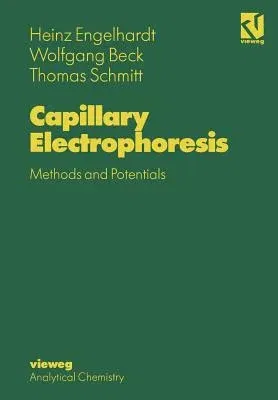Capillary electrophoresis (CE), also designated by the acronym HPCE for
"High Per- formance Capillary Electrophoresis" is a rapidly growing
analytical separation method. It unites the separation technique of
classical electrophoresis on plates with the instrumental methods of
chromatography with respect to direct detection of the solutes separated
in the capillary and their ready identification and quantification. The
initial problems of inadequate reproducibility in quantitative analysis,
due to the necessity of handling extremely small volumes, have largely
been solved in the sec- ond generation commercial instruments. Hence, a
rapid and reliable separation sys- tem is available for ionic compounds
from the smallest cation (the lithium ion) up to poly anions with
molecular weights ranging in the millions (such as DNA molecules). The
methods of gel electrophoresis and isoelectric focusing can be readily
extended to separation techniques carried out in a capillary. For
nonionic compounds an addi- tional separation method is available in the
form of micellar electrokinetic chroma- tography (MEKC). This involves a
true chromatographic separation process because the distribution of the
analytes between the buffer and the micelles is superimposed on the
electrophoretic migration, which contributes substantially to the
selectivity.


